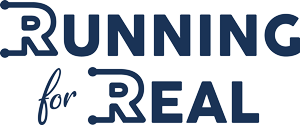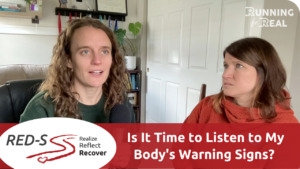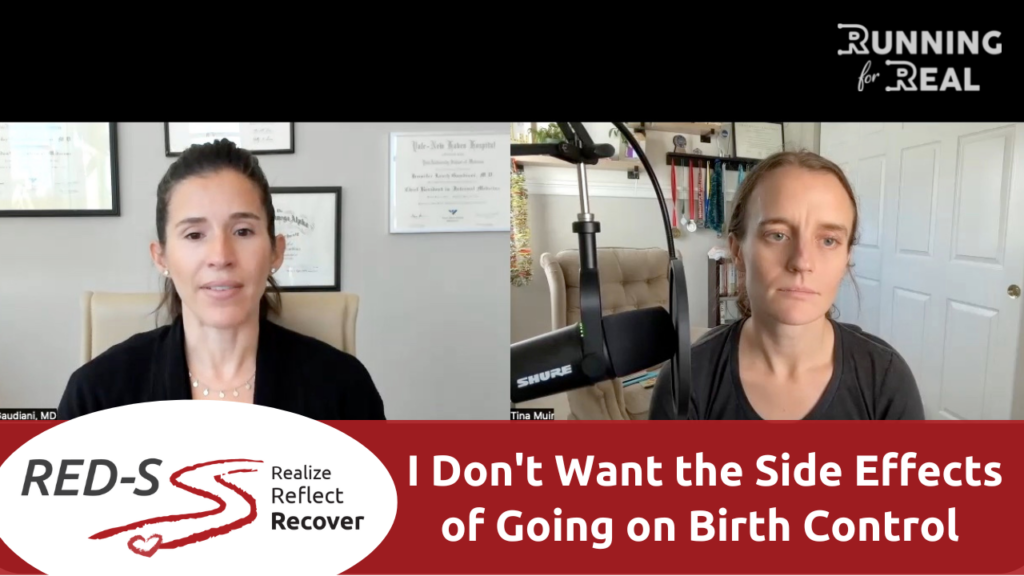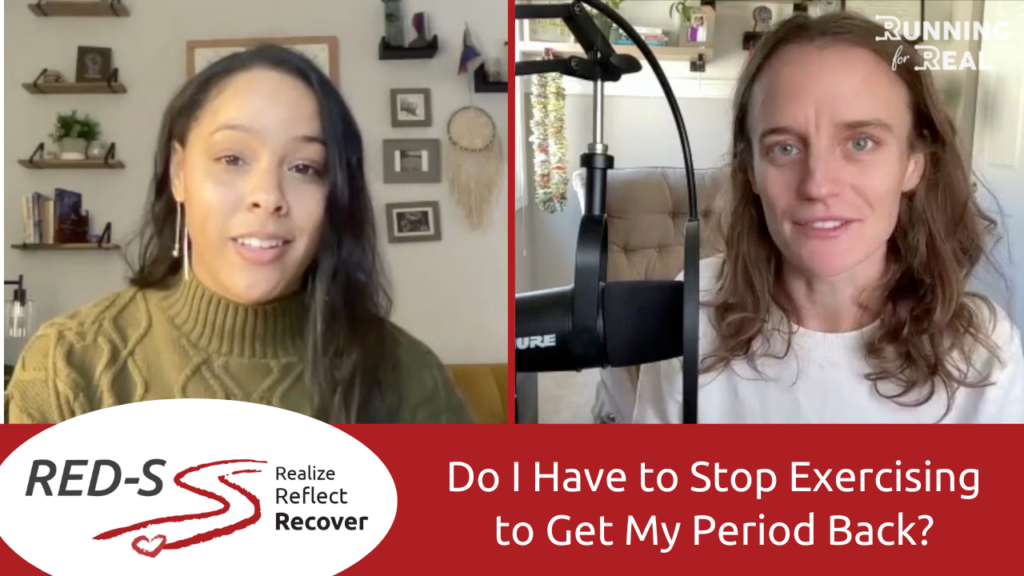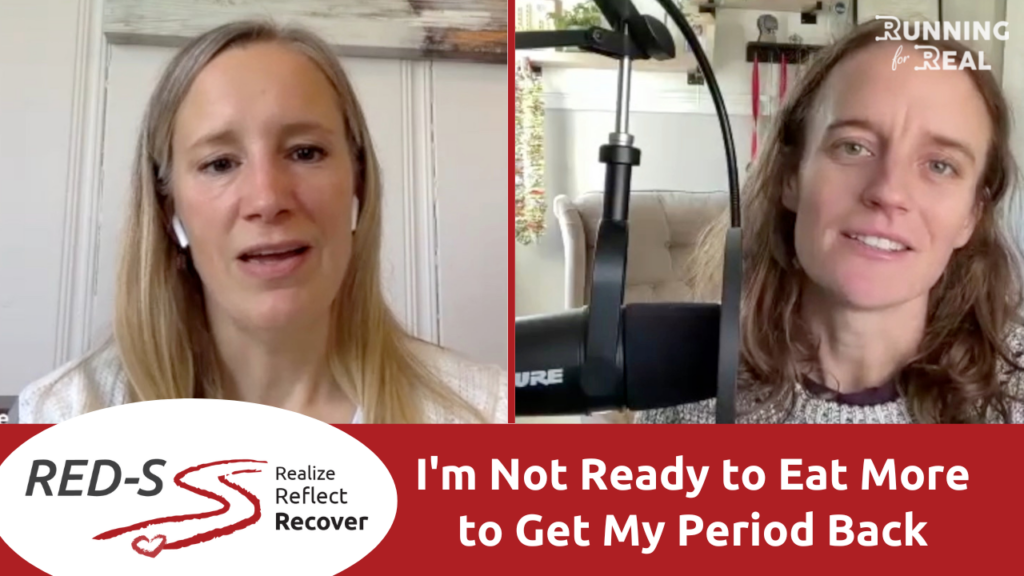RED-S / REDs (Relative Energy Deficiency in Sport) increases the likelihood of stress fractures, but those aren’t the only injuries related to insufficient fueling.
Sports nutrition and performance expert Rebecca McConville explains why RED-S / REDS can impact other parts of the body, and what the areas are that are most prone to stress fractures.
Read the transcript
[Tina] I’ve recently come to the realization that I have RED-S, and if I’m honest with myself, I’ve had quite a lot of injuries lately. What injuries, if any, point to RED-S that I maybe could have looked back and saw that this was happening to me for quite a while?
[Becca] Great question. So when the body is struggling to be able to get those energy bills paid, truth be told, almost every organ system in our body can start to feel the consequences of that. So we know stress fractures, or also known as bone stress injuries, if that bone is not able to remodel, you’ll be prone to stress fractures. But some new things that they’re really starting to pay attention to is, tendonitis, ACL. Now again, we don’t have concrete data, but what’s being hypothesized, is when there is a delay in glucose or energy coming up to the brain, our body does not move in as coordinated a manner, and so we’re prone to some of these type ligament, tendonitis issues.
The other piece is, RED-S isn’t just a lack of energy. It’s also an inflammatory condition. So we might even see an increase in hepcidin,which blocks iron absorption in the digestive tract. We might see some of these chronic niggles that people talk about, where their IT band is irritated all the time. Could this be a result of an inflammatory state that’s secondary to not enough energy intake?
[Tina] Okay. And you mentioned about stress fractures. Are there areas of stress fractures that are… I mean, I’ve heard in the past that hip, sacral, and femur are the three big ones of this is a major sign that it could be RED-S. Is that correct? And are there any other areas?
[Becca] That is correct. Now again, I wish I was a bone expert, but through my colleagues that are, I’ve learned that that spongy bone that’s in that area is very dependent on nutrient-rich deposits, as well as blood flow. So when we have less blood flow through the body, due to some of the mechanisms we’ve already talked about, like either conserving body temperature or estrogen, then we see diminished blood flow. And then if the nutrients are not going, because you know, as our buddy Dr G. always talks about, in a cave brain, the job is not to build up the body, the job is to protect it, so it’s not going to put that nutrition deposit back in that hip and pelvis area. It might even actually be breaking down the bone, to get important nutrients that’s not coming in through our diet.
[Tina] Okay, so those are the three. If you have one of those three, a stress fracture, a reaction, in one of those three areas, that is a major sign to pay attention here.
[Becca] Yes, or even if you’ve had a DEXA scan and maybe you have not had a stress fracture yet, but there’s some diminished bone density, that’s a proactive way to kind of raise the flag, like I probably should be doing some changes to my nutrition.
[Tina] Okay, thank you.
check it out
Recovering from RED-S is hard. It’s even harder if you’re working through it alone. Even if you have professional support, they’re not available 24-7, and that can lead to going down search engine rabbit holes that have the potential to derail everything.
Our online resource, RED-S: Realize. Reflect. Recover, will answer all those questions swimming around in your head about recovery. It will give you the opportunity to connect with the experts you’ve come to know here, and to surround yourself with a community of others who are going through it too. THANK YOU! to Athletic Greens and Tracksmith for supporting this YouTube series and RED-S: Realize. Reflect. Recover.
Go to athleticgreens.com/reds to get five free travel packs of AG1 and a free one year’s supply of vitamin D3+K2 with your subscription!
When you go to https://tracksmith.com/tina and use the code TINA15 at checkout, you’ll get free shipping and Tracksmith will donate 5% of your order to Rising Hearts, the Indigenous-led nonprofit founded by Jordan Marie Daniels.
more about becca:
Rebecca McConville, RD, LD, CSSD, CEDS, is a sports nutrition and performance expert who helps her clients explore and strengthen their relationship with food, weight, body image and sports performance. Her book, “Finding Your Sweet Spot,” helps athletes maximize their potential while avoiding the dangers of RED-S. You can find Becca at https://beccamcconville.com.
